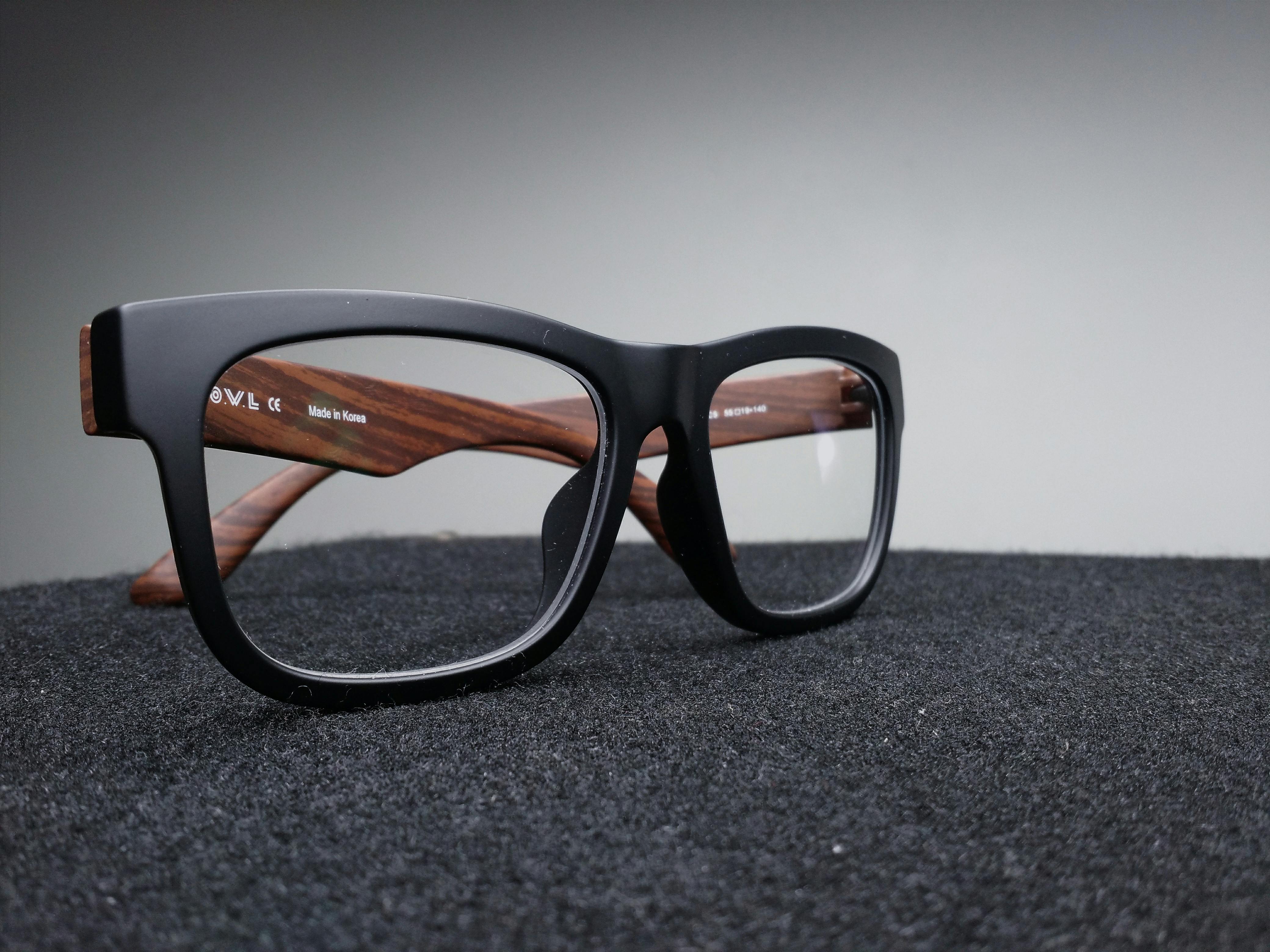Most of us like to enjoy the sunlight with the soothing sounds of the sea waves. The sun gives a lot of health benefits, such as it creates Vitamin D in the body and helps in building a healthy immune system. But it is also associated with health risks, especially when the ultraviolet rays are the strongest (between 10 am and 4 pm).
Hearing about sun UV light, people start thinking about the damage it can do to the skin. But a few are aware of the effect of UV radiation on the eyes. And not only from the sun, but artificial UV rays also cause a lot of damage to the eyes. It is vital to take precautions to protect the eyes from increased levels of harmful UV rays outdoors.
Ultraviolet light
There are several ways through which the sun sends energy to our planet: through visible light, which we can see, through infrared radiation, which we can feel (we feel this as heat) and through ultraviolet radiation, which we can neither see nor hear. Though most of the ultraviolet rays are absorbed by the ozone layer, the ongoing depletion of ozone due to the release of chemicals has made it even more essential for us to take care of our skin and eyes.
UV rays are of three types:-
1. UVA rays (UltravioletA)
The ozone layer provides little protection from UVA rays, and most of it reaches the earth. These rays cause significant damage to the skin and eyes. It also reduces immunity, which helps fight diseases and increases the risk of skin cancer.
2. UVB rays (Ultraviolet B)
We are shielded from most of these rays by the earth's atmosphere, and the amount that can reach us depends upon the altitude, latitude and several other factors. These rays cause sunburn and slow blindness- in which the cornea gets sunburn that leads to temporary vision loss.
3. UVC rays (Ultraviolet C)
These rays are completely absorbed by the atmosphere (Ozone layer), so they don’t reach the surface and don’t cause any damage.
In addition to the sun, some artificial sources such as welding machines also emit UV light.
Effect of ultraviolet radiation on eyes
Prolonged and short term exposure to UV rays, lead to certain eye conditions and diseases such as:-
- Cataracts- This condition makes the eyes lense cloudy, which is clear under normal circumstances. UV-B light leads to certain types of cataracts. Studies suggested that ultraviolet rays are responsible for 10% of cataracts cases all around the world.
- Photokeratis- Also known as snow blindness, photokeratitis happens when a person is exposed to high short term UV rays. Most of the time, this problem arise when a person takes sunbathe for long hours or went to skiing without sunglasses or other eye protection gear.
- Pterygium- People who mostly develop pterygium are surfers, fishermen and farmers who spend long hours under the mid-day sun or near rivers or oceans.
- Macular Degeneration- This eye condition happens in the central black portion of the eye called the macula. It is the leading cause of blindness in old age people. The risk of macular degeneration increases with prolonged exposure to the ultraviolent light.
- Skin cancer- Prolonged exposure to UV light leads to skin cancer around the eyelids.
Who are at high risk?
Though anyone can develop the above eye conditions when exposed to Ultraviolent radiation, several other factors such as the amount of time spend under the sun increase the risk. In addition, you are at high risk if you have recently had cataract surgery, are taking certain medications such as sulfate drugs, or are a welder or medical technician.
What can you do to protect yourself?
You can get exposed to UV light from many directions as the UV light radiate from the sun is reflected from the ground, ocean and snow. To protect yourself from harmful sun rays, wear proper sunglasses and hats. Your sunglasses must do the following things:
- Screen out 99 to 100% of UVA and UVB rays.
- Blocks 70 to 90% of visible light
- Consider grey colour lenses as it gives proper colour recognition.
Some additional tips for protecting your eyes from the sun's ultraviolet radiation are:-
- Consider wearing a hat along with your sunglasses.
- Limit spending time in the midday sun.
- Avoid looking directly at the sun. As it can lead to an injury called retinopathy.
- Keep in mind that clouds do not block UV light. So, keep yourself protected.











